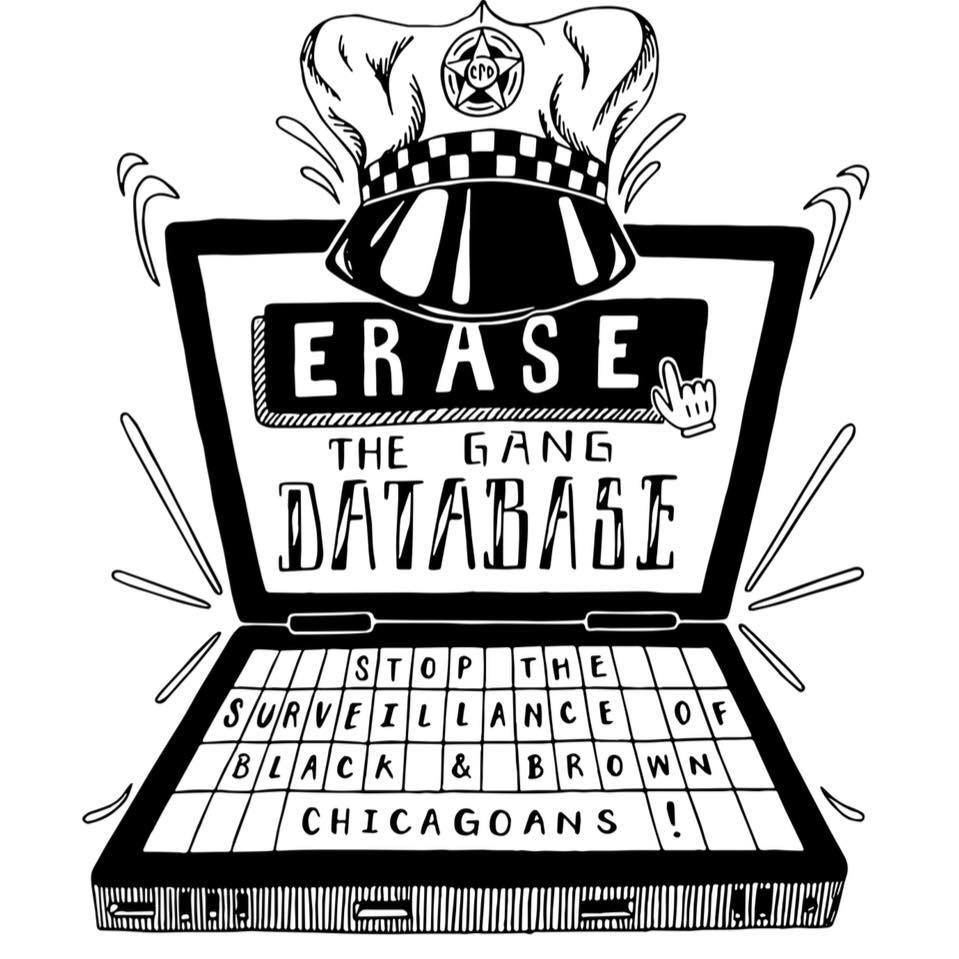The Chicago Police Department has published a draft of its new ‘Criminal Enterprise Information System’ otherwise known as the Chicago Gang Database, for public comment. Community members have until Wednesday, December 7th to make public comments rejecting this and any other gang database. To make public comments, go here.
Key Factors for Public Comments:
- This new gang database maintains key components of the old system. People whose names are already in the database will be transferred to the new database, even though there is sufficient evidence provided by the Office of Inspector General to demonstrate that the way in which CPD gathered information was and continues to be racist, faulty, disorganized and incomplete. Keeping the names that have been collected by 18 separate forms, records, and systems of records that often contradict themselves would only further delegitimize CPD’s system.
|
Further Data
|
- With this new gang database, CPD is reinforcing a counter-terrorism narrative, leaning into the Illinois Streetgang Terrorism Prevention Act as a way of justifying the surveillance of community members. This is in-line with Mayor Lori Lightfoots recent introduction of the “Victims Justice Ordinance” (formerly called Chicago Streetgang Terrorism Ordinance), which argues that gang members are terrorizing Chicagoans. Yet there is NO evidence to support this argument! Since the majority of those considered “gang members” by CPD are Black and brown, this narrative of terrorism further perpetuates white supremacist and xenophobic sentiments to justify racism.
|
Further Data
|
- A large part of admission into the new database relies on “voluntary admissions,” which we know is harmful to community members due to CPD’s history of using violence to coerce admission. The Department of Justice found that CPD engages in violent force that violates an individuals fourth amendment. This makes people of color especially susceptible to coercion-to-consent by the police. There have been many instances that have shown CPD coerced a confession from an individual in order to acquire a conviction. Therefore this form of data entry is unacceptable.
|
Further Data
|
- Like many other facets of CPD, this new gang database system will rely on technology in order to gather information. This includes video recordings, body cameras, in-car video system recording, other electronically recorded interviews, all electronic communications, and overhear devices. With such unspecified and broad forms of collecting information, CPD may include tools like social media monitoring and ShotSpotters to collect information, further expanding surveillance capitalism. This puts private interactions in danger of surveillance and criminalization. CPD should never rely on social media to accurately determine criminality.
|
Further Data
|
- CPD is also using symbols, tattoos, emblems and markings to determine gang membership, still coordinating with external federal, state and local agencies and is allowing identification made by a third party individual. This opens up the possibility for racial profiling and collaboration with Immigrations and Customs Enforcement, and further perpetuates white supremacy.
- While people can file a request on their status within the new gang database system, the process is lengthy and complicated, and requires forms of state identification or otherwise reliable identification.
- People who are in the system can only be removed from it after 5 years of any interaction with police and only after completing any parole requirements. Any new interaction can be used to keep you in the database. No convictions are needed.
